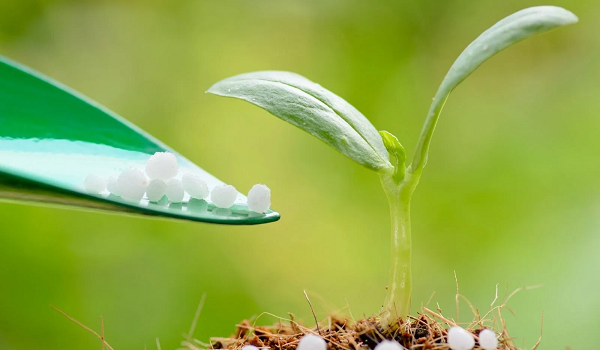A recent study has explored the use of nano-urea in growing wheat, a key crop for India’s food supply. The research, conducted at ICAR-IARI from 2021 to 2023, compared nano-urea with regular urea fertilizers. The findings showed that traditional fertilizers, applied at 130 kg per hectare, gave better crop yields than nano-urea. Using nano-urea led to a 6.8–12.4% drop in wheat yield over two seasons, as it couldn’t fully meet the crop’s nitrogen needs. However, nano-urea reduced nitrogen wastage and improved how efficiently plants used the fertilizer.
Adding zinc to the mix made a big difference. Spraying a tiny amount of nano-zinc oxide increased wheat yield by 3.7–4.5% and helped plants absorb nitrogen better. While nano-urea reduced the amount of fertilizer needed, it still couldn’t replace traditional fertilizers for large-scale farming. The study also confirmed that sticking to recommended fertilizer levels is critical for good harvests.
For nano-urea to work effectively, more trials are needed in different farming conditions across India. Farmers will need training to use it properly, and fertilizer companies should improve its formula to make it more effective. India needs to increase wheat production by 46% by 2050 to meet growing demand. Combining nano-urea with traditional fertilizers and other improvements like zinc sprays could be a step forward. This approach will help balance better harvests, lower costs for farmers, and protect the environment.


